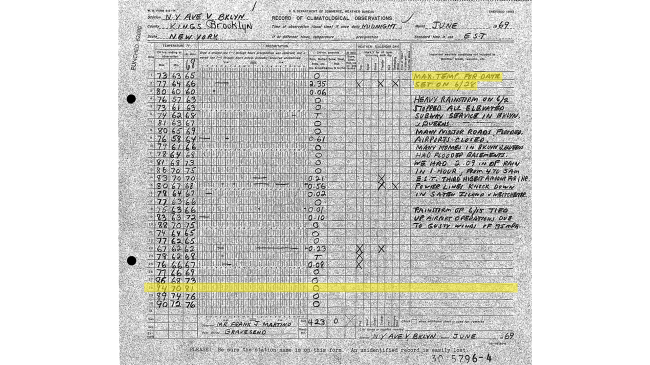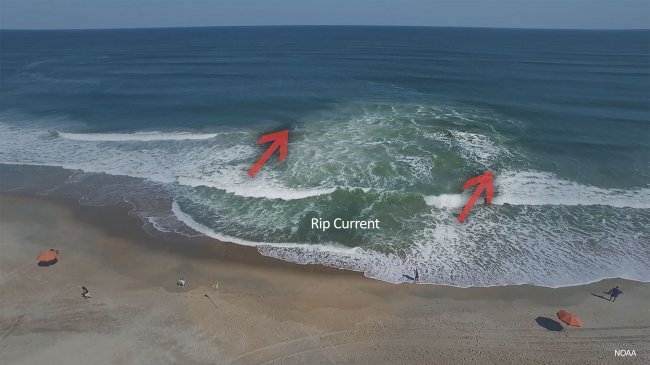If you receive a flash flood warning on your mobile device, please take action immediately

The massive amount of rain that fell on the Colorado Front Range in September 2016 was devastating, with nine lives lost and property damage estimated at more than $2 billion. Please don't let this happen to you: If you receive a Wireless Emergency Alert on your mobile device, please take action immediately. (Image credit: NOAA)




